A medieval treat in Camargue
The next overnight stay on our amazing French road trip is in Sète in Occitania, southwest of Saint-Remy-de-Provence. However, we’re not heading there directly, as we’ve stumbled upon the magnificent Medieval walled city of Aigues-Mortes.
During our EV French road trip, we have kept to the back roads of France as much as possible. After rolling off Le Shuttle at Calais, we visited the delightful medieval towns of Provins in Île-de-France and Semur-en-Auxois in Bourgogne-Franche-Comté. We explored Sisteron, located at the foot of the breath-taking Rocher de la Baume in Provence-Alpes-Côte d'Azur, and also visited Antibes on the Mediterranean coast.
Oh yes, we couldn’t miss out on staying at one of our favourite places in France, Saint-Remy-de-Provence. From here, we headed off on a mini road trip to experience seven more Provence towns and villages.
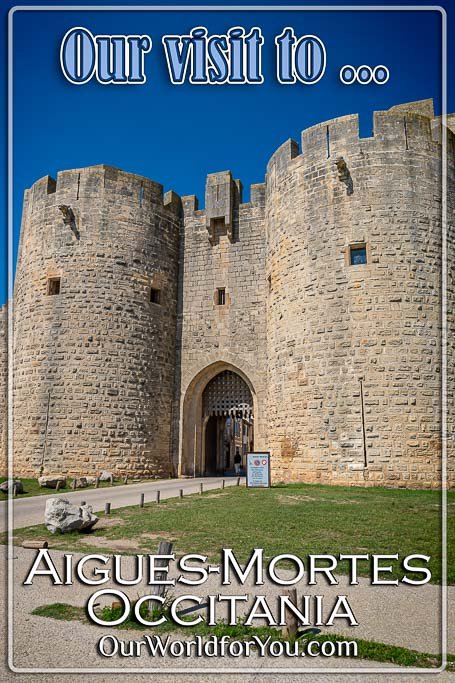
We have one night in Sète, and then we hit the road again, heading back north to Albi, Bergerac, Poitiers, and Le Mans.
Did you catch our inspiration for this French road trip?
Where is Aigues-Mortes?
How to get to Aigues-Mortes
- By Car
Departing from the UK to France, there are various options. You can either jump on Le Shuttle and arrive in Calais in 35 minutes or enjoy a leisurely cruise on the open waves with Brittany Ferries, DFDS or P&O.
- By Air
If you’re flying into France, search for your flights within your preferred travel search engine for your favoured routes and chosen dates. Pre-book your hire car from Rental Cars, and your adventure begins.
Stay informed
Brief history of Aigues-Mortes
From Marshlands to Royal Fort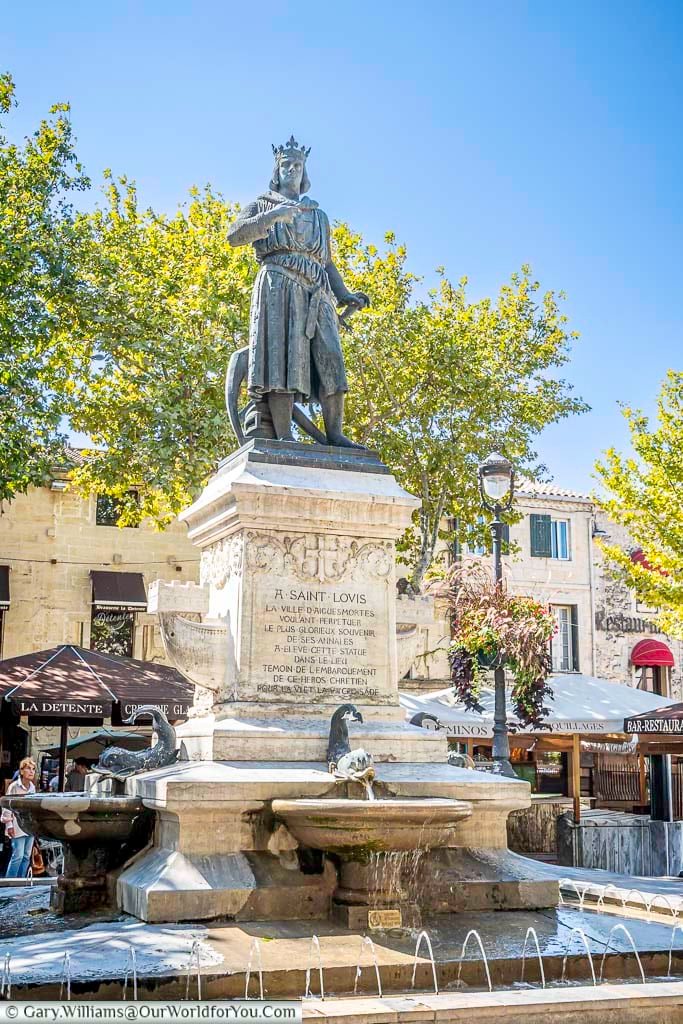
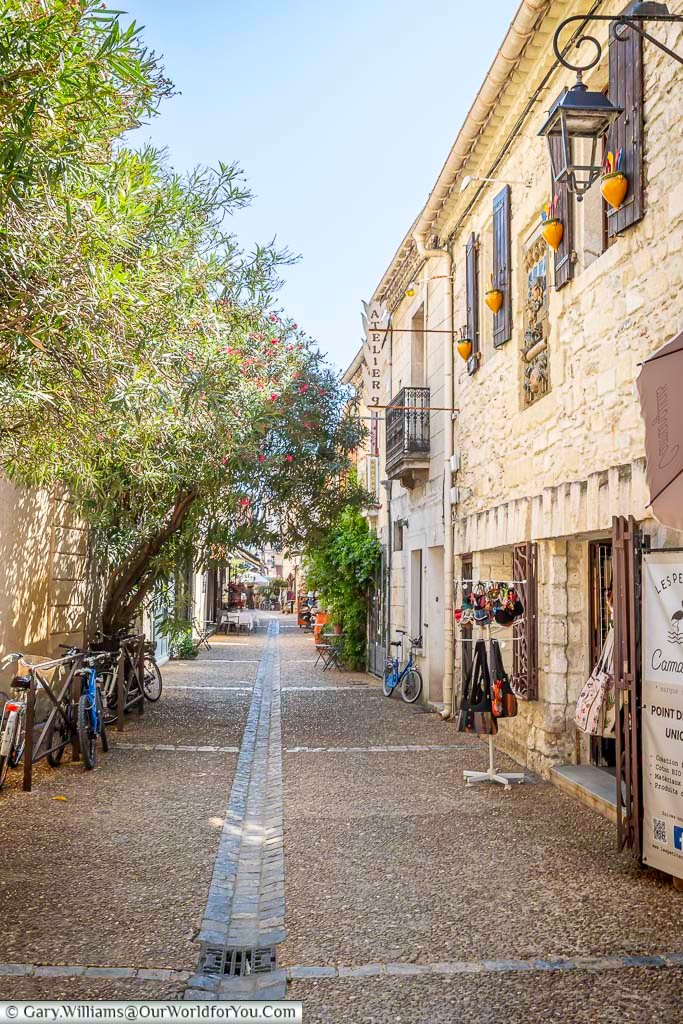
Aigues-Mortes is situated on the junction of the Canal du Rhône à Sète and the Chenal Maritime to Le Grau-du-Roi. The Medieval fortification had originally been a small hamlet of fishermen and salt gatherers, but had little settlement due to its marshy isolation.
In 1240, King Louis IX (Saint Louis) purchased the land and began transforming Aigues-Mortes into a royal port. At the time, France’s Mediterranean coast was limited, Provence belonged to the Holy Roman Empire, and Languedoc had only a small stretch of shoreline. Louis wanted a direct outlet to the sea under royal control.
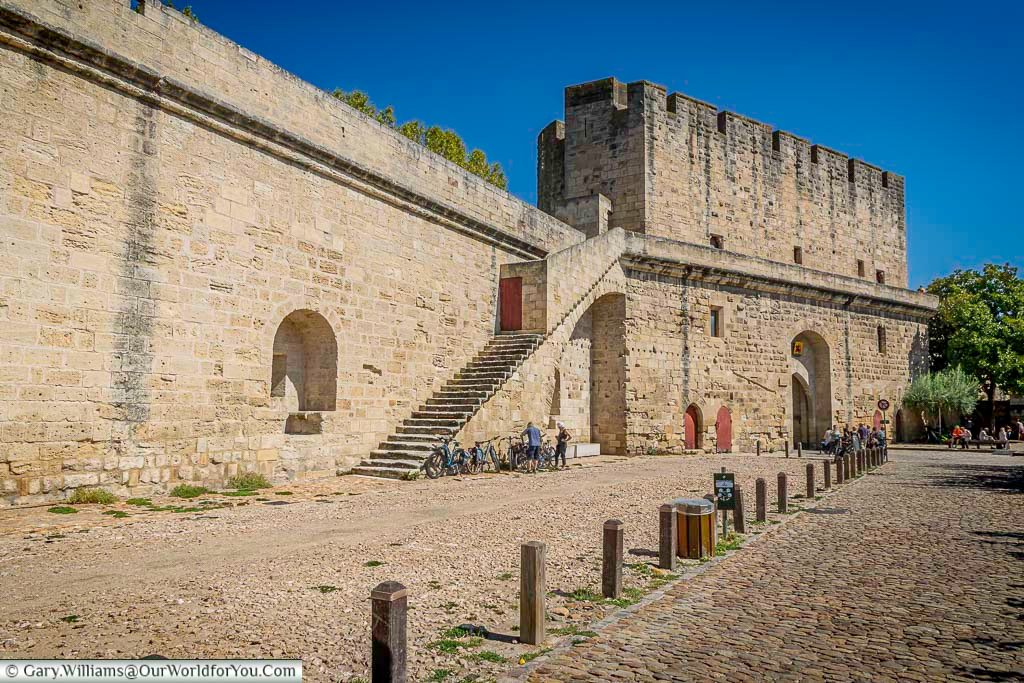
If like us, you love visiting different regions of France, then this 'DK Eyewitness Road Trips France' guide will definitely assist in your planning.
We regularly use DK travel guides, and this book is ideal for cross-country road trips through France. Grab yourself a recently revised edition and start plotting your route.
Where to stay in Aigues-Mortes
The Hôtel ibis budget Sète Centre is a comfortable hotel that offers ample parking, making it an ideal choice for road trips. The hotel is around a 10 to 15-minute walk to Quai Général Durand.
Free parking is available onsite, with chargeable EV facilities.
Ambling the lanes of Aigues-Mortes
History around every corner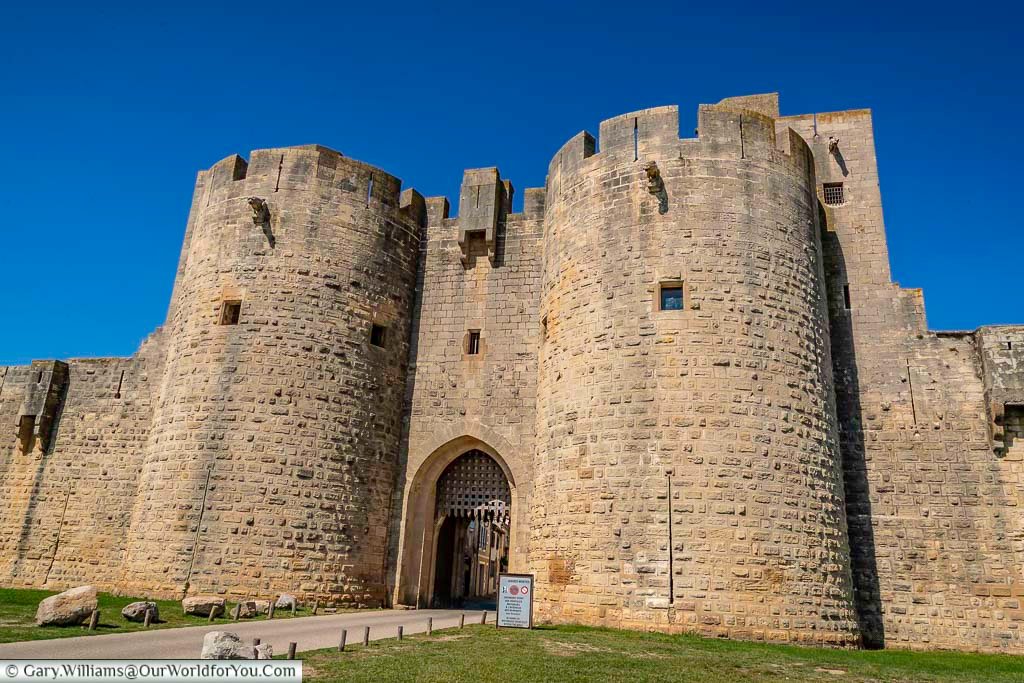
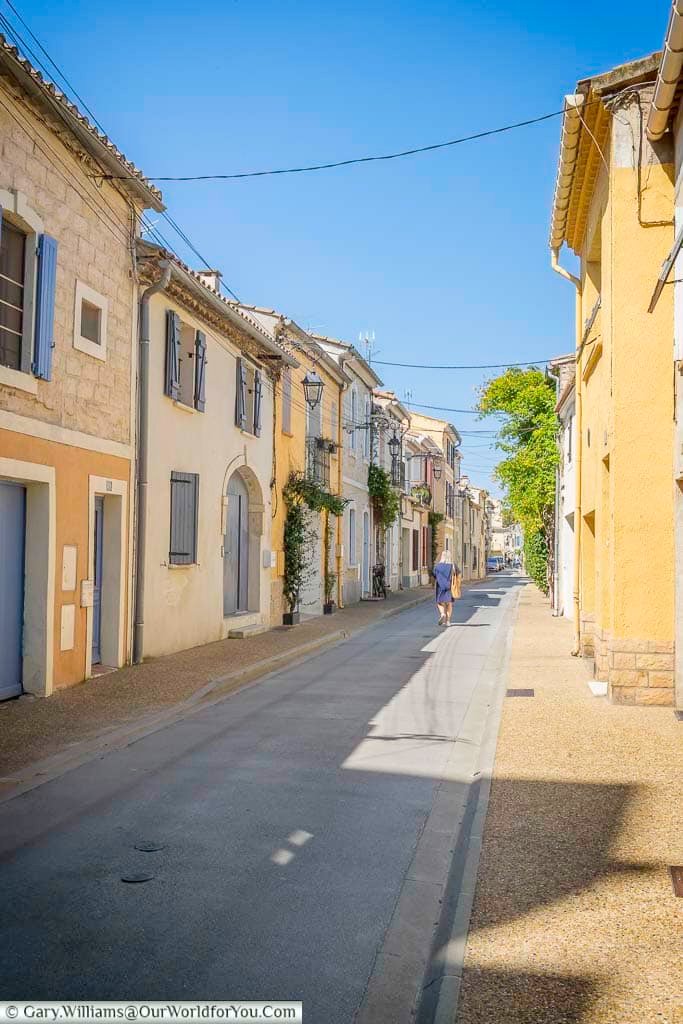
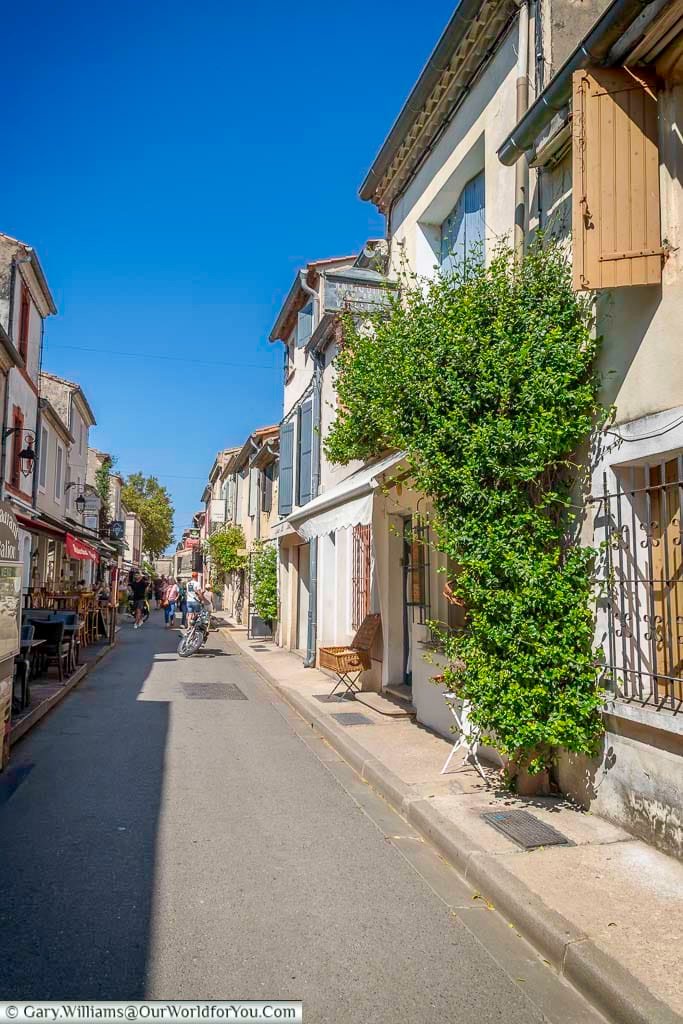
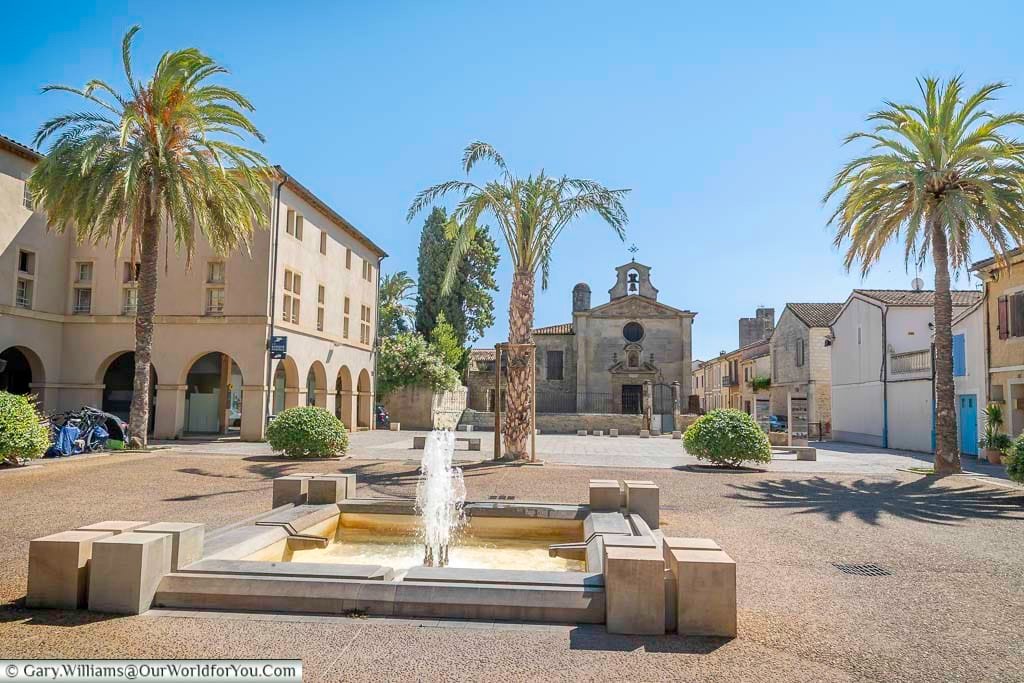
France Tourist Information
Relaxing in Place Saint Louis
Awash with Medieval allure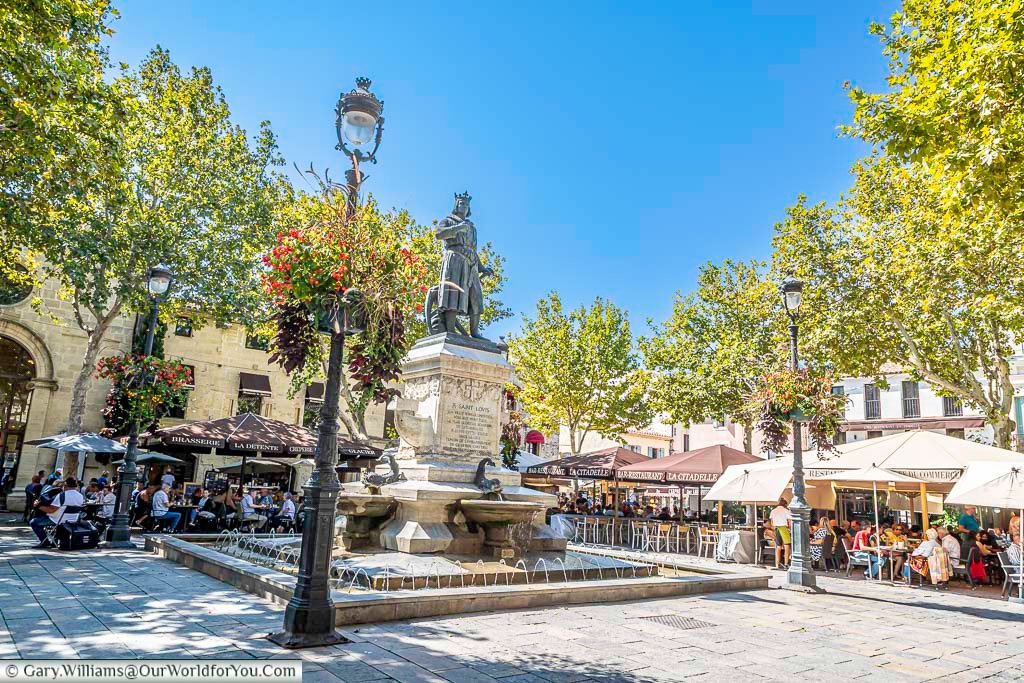
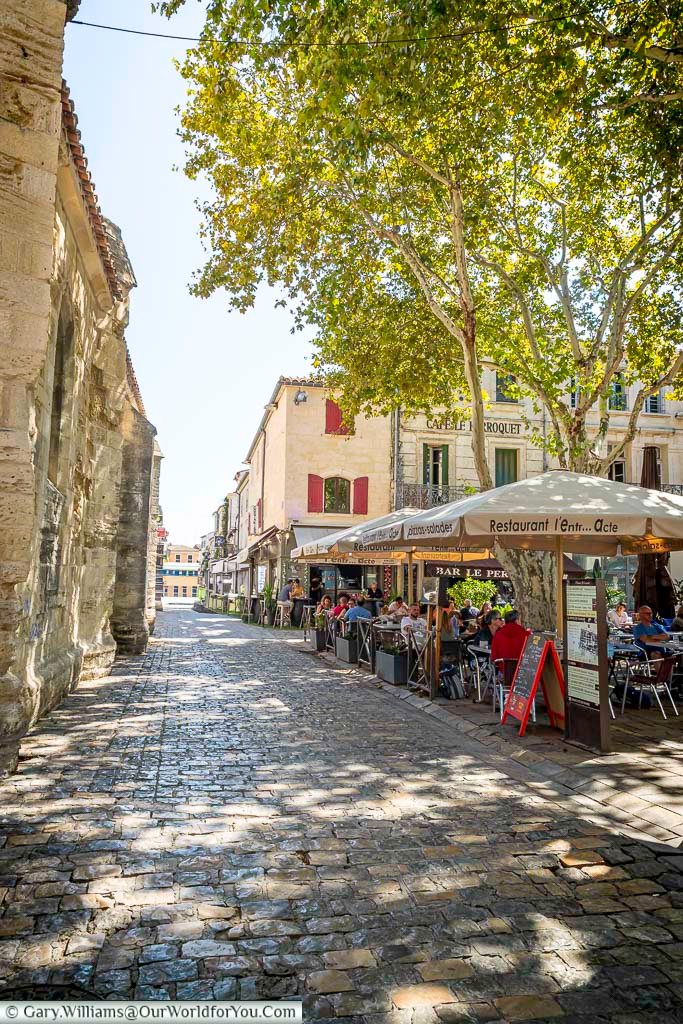
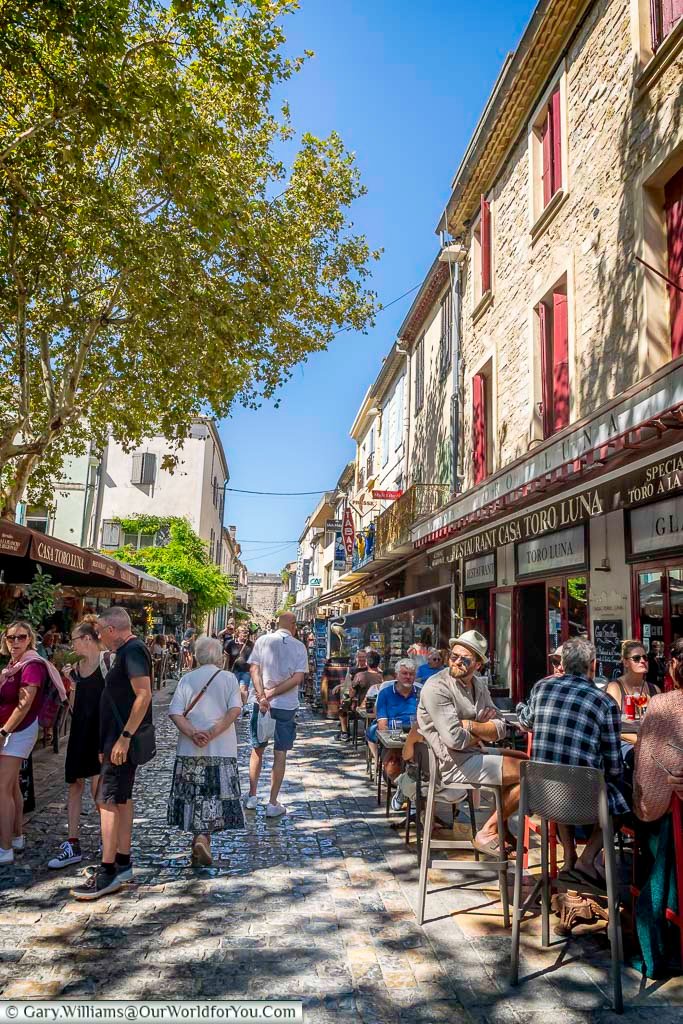

I love nothing more than planning a trip through France and so often I use the DK Eyewitness books. I find them extremely informative, easy to follow and the pictures and maps tempt you into discovering more.
We used a previous version of this book to plan our French road trips, now you can grab the revised copy.
The charm of Aigues-Mortes
Tour de Constance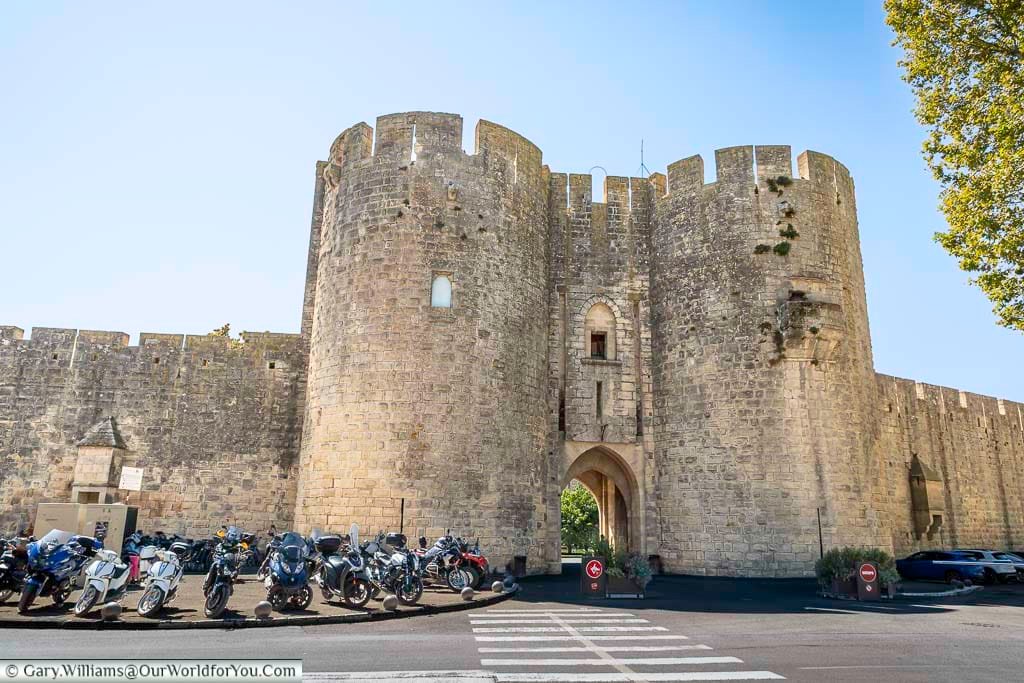
I suggest you take the time to stroll all around the ramparts, as the views are beautiful, and you’ll also gain a different perspective of the 1640m quadrilateral city walls and their regimented street pattern.
The Tour de Constance, originally constructed as a watchtower in the 1240s, later served various roles, including lighthouse, royal garrison post, and prison. Its thick circular walls and rooftop views are among the highlights of the fortress.

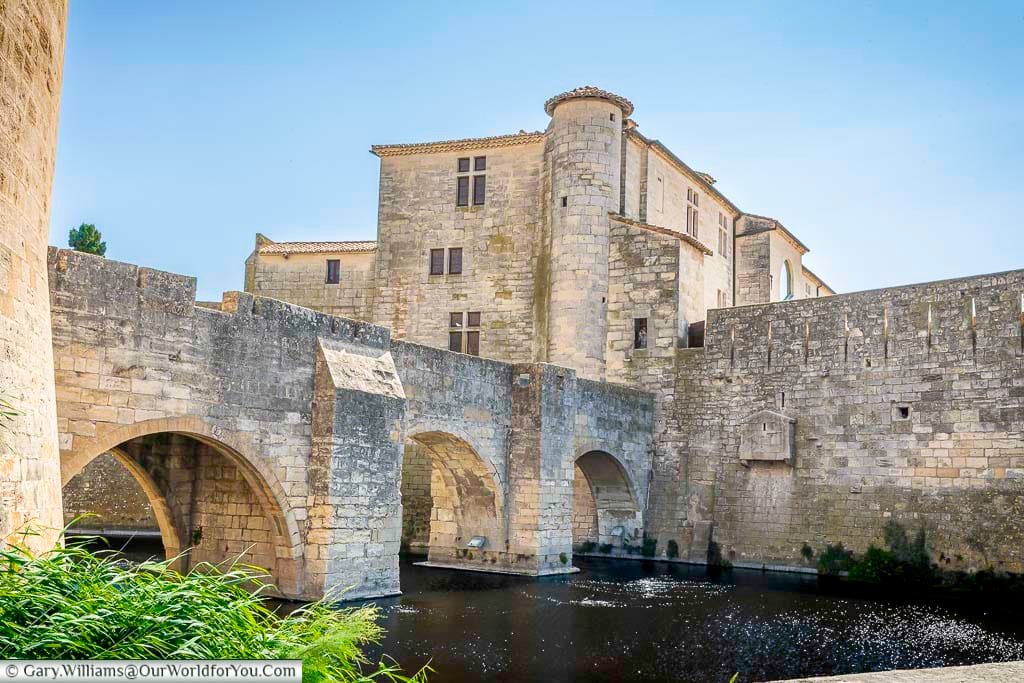
The Tour de Constance held many prisoners, including the most notable Marie Durand, who was confined there for 38 years for her faith at the age of 19. She famously scratched the word “Résister” (“Resist”) into the edge of the stone well, which is still visible today.
We loved visiting the ancient Medieval city of Aigues-Mortes and highly recommend it for all you history lovers.
Crit'Air vignette required for driving in France
If you’re heading to France from the UK with your own vehicle, you’ll need a Crit’Air ‘clean air’ car sticker.
Just like our low-emission zones in the UK, France now legally requires the display of a Crit’Air vignette. The good news is, these stickers are readily available and affordable online through the official French government website.
The Crit’Air sticker lasts the lifetime of the vehicle, so it’s a one-off purchase. The RAC website offers an in-depth guide to everything you need to know and your requirements.
* This post may contain links to affiliated sites where we earn a small commission at no additional charge to you.


